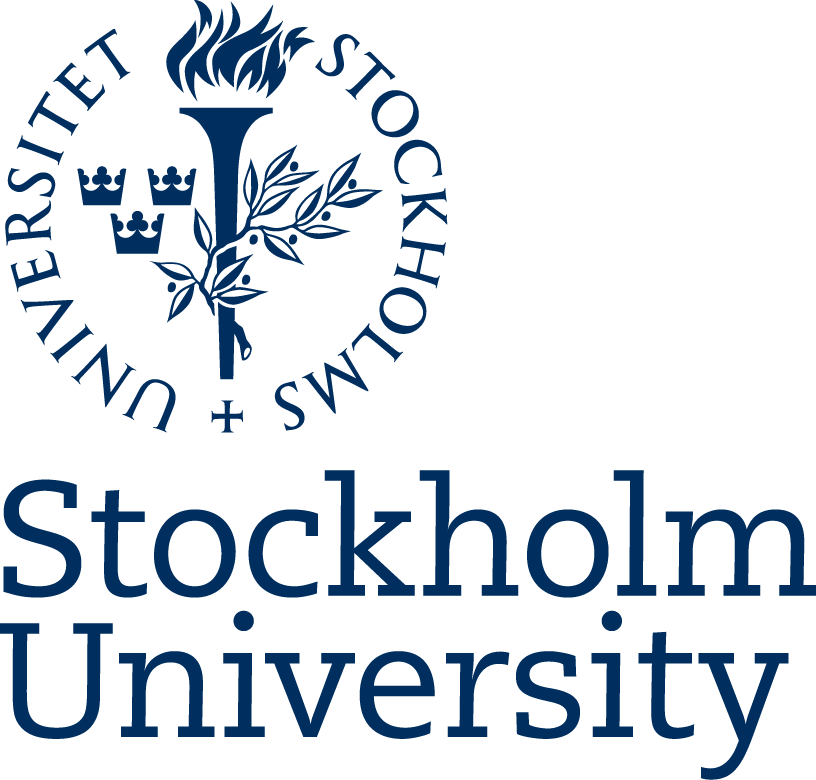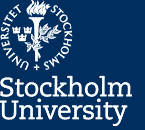Master's Programme in Geomatics with Remote Sensing and GIS, 120 ECTS
Second levelFacts
No available factsEducation plan
Description
This Master’s programme develops students’ skills in several fields, such as remote sensing, GIS, methods for modelling, explorative data analysis and visualisation with a focus on Earth and Environmental Sciences. Teaching emphasizes both hands-on experience and the exploration of fundamental concepts and methods and is linked to research undertaken at the department. Outreach activities, internships and research collaborations ensure our students gain insights into real world problems and applications leading to enhanced opportunities when entering the job market.
Geographical information, also known as geodata, is central to many modern activities from parcel tracking to storm tracking and navigation to monitoring elephant behaviour. Satellite data is used in global activities such as the evaluation of progress towards sustainable development goals, estimations of carbon storage and emissions, mapping glacier dynamics and evaluating ecosystem health. Remote sensing systems from laser scanning and radar to hyperspectral imaging are introduced. Geographic information systems (GIS) make efficient management of such diverse data possible, facilitating many different types of analysis and modelling, in a future accelerating towards the exploitation of Big Data.
Landscape change, environmental monitoring and mapping, as well as environmental issues in general, feature significantly on the daily political agenda. This situation is further enhanced by environmental agreements that demand the continuous reporting of the status of and changes in the environment at municipality to international scales. Geomatics is central to meeting these demands. Consequently, graduates mastering skills in data acquisition methods and analysis, as well as in visualisation and mapping, are in high demand in both the public and private sectors.
Programme structure
The programme includes a number of mandatory courses:
Applied Remote Sensing and GIS for Landscape Analysis 15 credits
Geographic Analysis and Visualisation in GIS 15 credits
Advanced Remote Sensing 15 credits.
The number of optional courses that students take is dependent on the period of time devoted to the master’s thesis.
Application documentation specific for this programme:
In addition to the documents required by universityadmissions.se (antagning.se), you need to send in application documentation specific for this programme: Personal letter (maximum one page) and CV.
Please read the information at the education website.
Area of interests: Science and Mathematics
Science and mathematics help us understand how the world around us is connected – from the origin and structure of the universe, to the development and function of humanity and all other organisms on earth. Scientific knowledge makes it possible to critically examine the credibility of information in different areas of everyday life, society, and the media. As a scientist or mathematician, you will be attractive on a large job market that covers all parts of society and includes everything from pure technology companies to environment and healthcare, as well as research.
Subject
Physical Geography and Quaternary Geology
Physical Geography and Quaternary Geology is part of both Earth Science and Geography, and deals especially with the climate and its change in time and space; water in all its forms; glaciers and ice sheets; the soil cover and the earth’s surface landforms; vegetation distribution in time and space; and the function and change of natural and cultural landscapes over time. Environment and natural resources are in focus, with an overall objective to contribute to sustainable resource use and sustainable development. The main themes of research and teaching in Physical Geography and Quaternary Geology at Stockholm University are:
- Biogeography and Geomatics. Biogeography includes the interactions between land use, biodiversity and ecosystem services, and the importance of the landscape for vegetation distribution in time and space. Geomatics involves the development and use of geographic information systems (GIS), remote sensing, cartography and visualization, with focus on landscape analysis and landscape information for issues within earth, life and environmental sciences.
- Climate and Quaternary Science. Within this theme we focus on the dynamic development of climate and environment and the interaction between ecosystems, climate and environmental changes during the Quaternary (from 2.6 million years ago to the present).
- Environment, resource dynamics and management. This theme encompasses the entire environmental field, with particular emphasis on the society’s interactions with the natural environment. Within research and education we turn to professionals and students who need a broad knowledge in the field of environmental management.
- Geomorphology and glaciology. Through the study of the earth’s surface landforms and the processes acting on the earth’s surface, we contribute with knowledge that is useful in planning, such as the location of hazardous waste, roads and other infrastructure, and in the interpretation of the interactions between society and the natural landscape. We also study glaciers and polar environments, including glacial, alpine and periglacial systems and environments, which are central in the earth’s climate system.
- Hydrology and water resources. Natural and anthropogenic variations in land, soil and water resources have a direct impact on human activity, and by studying this variability we contribute to the knowledge of environmental and societal development possibilities and risks associated with the use of land and water. We also study the effects of different strategies for handling risks, and relate research results to environmental monitoring and legislation, and to management of land, soil and water resources for sustainable development.



